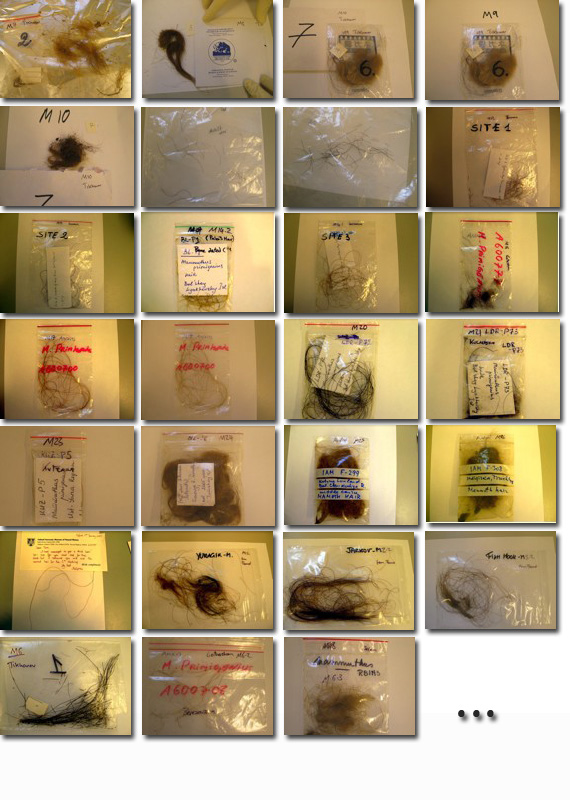 |
Why do we choose hair as a source of ancient DNA? Hair shafts are a promising source of ancient DNA. Long-term hair survival occurs in a variety of natural environments, and large quantities are present in taxonomic collections representing most extant, and many recently extinct, mammalian taxa. Most hair-based genetic studies have used roots, instead of shafts, as a DNA source, primarily because hair shafts comprise dead keratinized cells that contain relatively low levels of DNA. However, several studies have reported shafts as a viable source of modern and ancient mitochondrial DNA. Furthermore, several properties of shafts suggest that they constitute an attractive DNA source for SBS (Sequencing-by-Synthesis). First, their relative abundance (when present) renders them preferable to bones, because the destructive nature of bone sampling can lead to the loss of important morphological information. Second, turnover of keratinocytes in the hair bulb is exceedingly high, only exceeded by the cells of the gut epithelium. Therefore, baseline mitochondrial levels in these cells (and thus in the precortical cells that develop into the bulk of the shaft) may be higher than those in other tissues commonly used for ancient DNA analyses. Third, even when degraded, shafts are resistant to contamination from exogenous DNA such as bacteria, blood, and skin cells. Our work indicates that hair shafts surpass comparably stored bone as an ancient DNA source for use in SBS approaches, with regard to preservation and the concentration of mitochondrial DNA. Adapted from: |
 |
 |